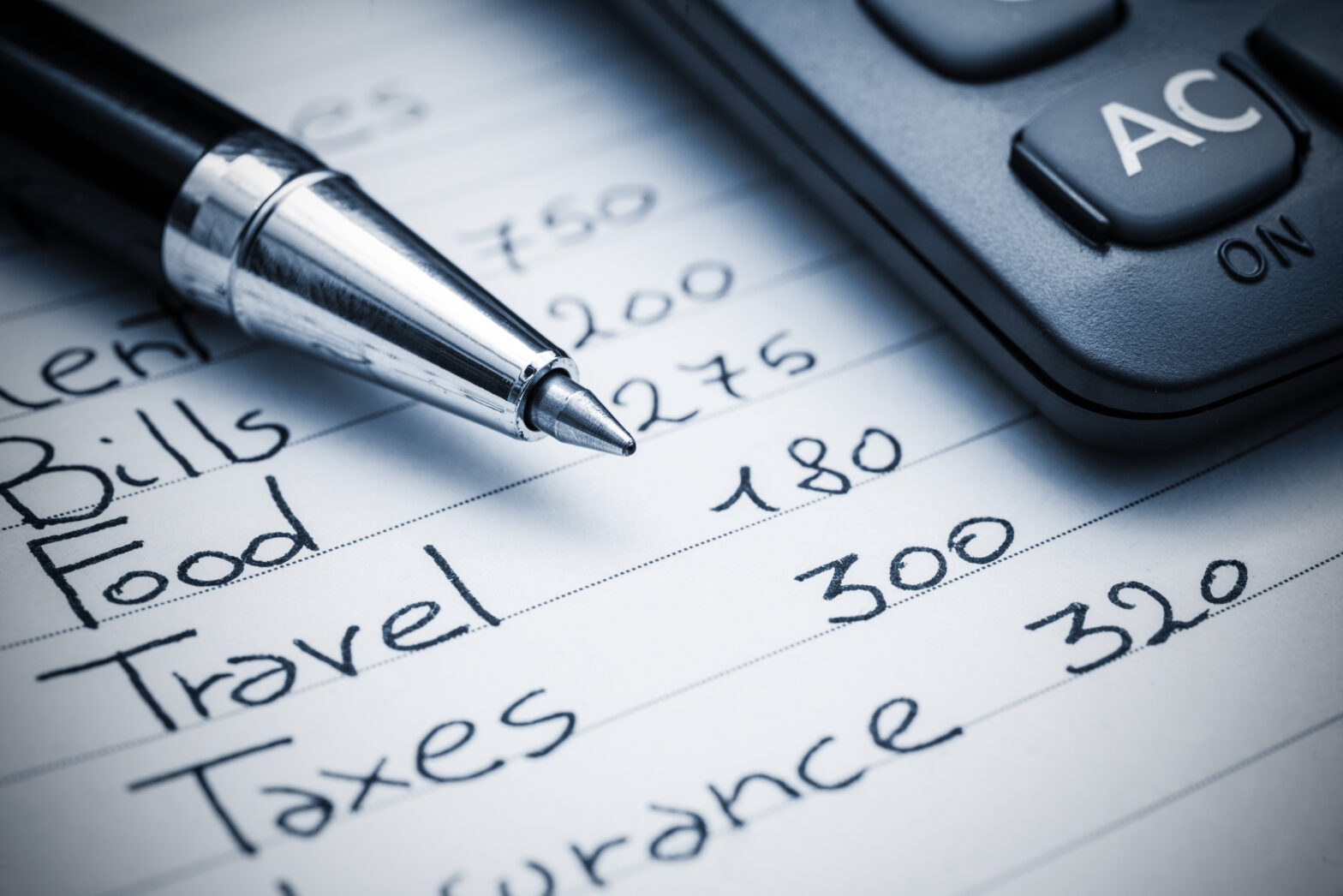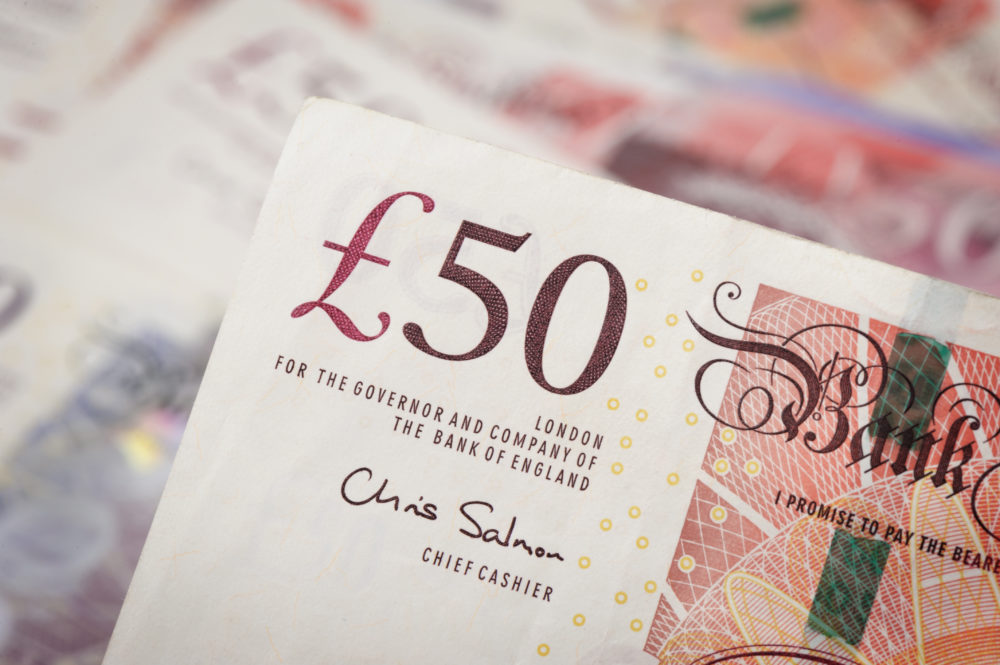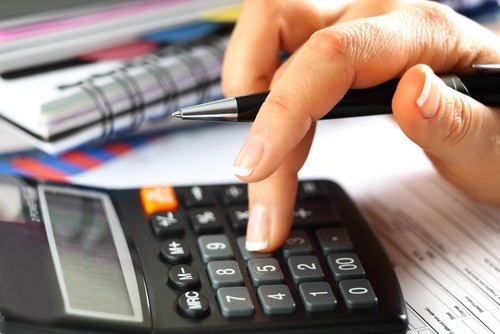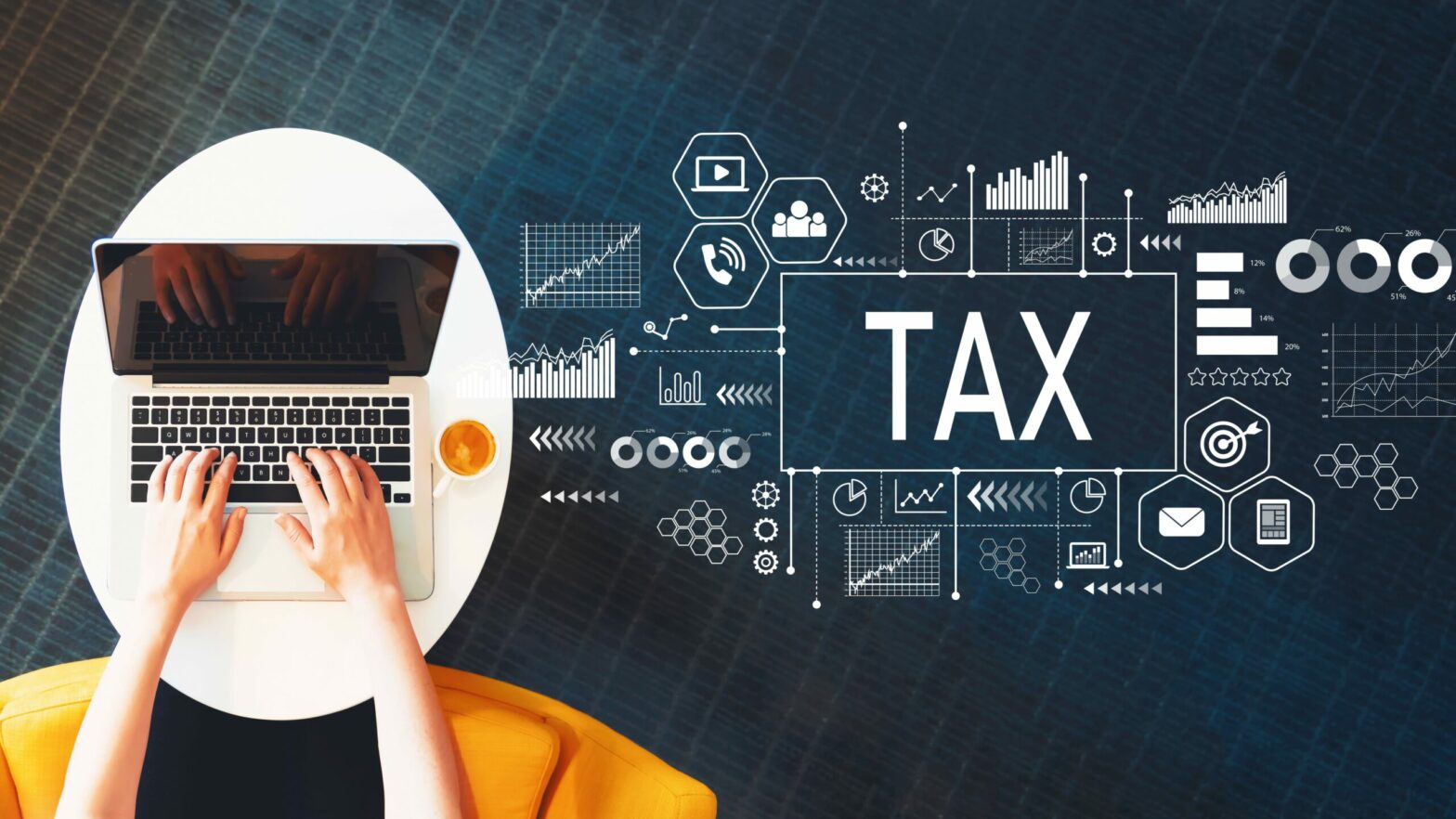The expenditure is treated as an expense incurred on the first day of trading.
It is assumed that this is paid privately due to no business bank account being open and therefore would be credited to the sole trader’s current account as capital introduced. This will be available for drawing against in the future after trade has commenced.
“Where specific costs are incurred, they are treated as if paid during the first year. For example, if you have training and advertising costs, these are profit and loss expenses. Costs incurred on equipment will be capitalised on the balance sheet as these will benefit the business over future periods and should be depreciated using an acceptable rate. These costs will have first year capital allowances and further capital allowances which will be offset against the trading result,” explains James Sandwell, a tax specialist at accountancy firm, Moore and Smalley.
He adds that if you have stock purchases, the amount will be expensed through the profit and loss account to reflect the amount used.
“This can either be within cost of sales to reflect the cost of stock used or alternatively as additional costs of training and promotion which will ensure that the gross profit margin on stock sold remains constant. Both have the same impact on the profit and loss overall but will enable the reader of the accounts to interpret the information to their requirements,” comments Sandwell.
The Inland Revenue will treat these as acceptable costs of the business as these are necessary to promote the business and create future income that will be taxable.
Related: Reclaiming pre-trade expenses – Advice on claiming these expenses back against tax when you set up a limited company.





